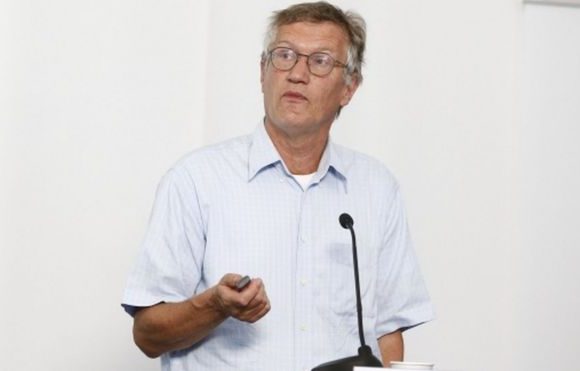
The head of the World Health Organization stated in his clearest remarks to yet that the UN body remains dedicated to learning how the virus originated that learning the origins of COVID-19 is a moral necessity and all possibilities must be studied.
The Wall Street Journal stated that a US agency determined that the pandemic was most likely brought on by an unintentional Chinese laboratory leak, putting additional pressure on the WHO to provide an explanation. Beijing contests the analysis.
“Understanding #COVID19’s origins and exploring all hypotheses remains: a scientific imperative, to help us prevent future outbreaks (and) a moral imperative, for the sake of the millions of people who died and those who live with #LongCOVID,” said Tedros Adhanom Ghebreyesus on Twitter.
He was writing to commemorate three years since the WHO used the term “pandemic” for the first time to describe the widespread COVID-19 epidemic.
The focus of the anniversary, according to activists, lawmakers, and academics, should be on averting a repetition of the unequal COVID-19 vaccine introduction, which they claim resulted in at least 1.3 million avoidable deaths.
After spending weeks in and around Wuhan, China, the site of the first human cases, a WHO-led team concluded in 2021 that the virus had likely been spread from bats to humans via another animal, though more investigation was required. China has said no additional visits are needed.
Since then, the WHO has established a scientific advisory group on dangerous pathogens, but it hasn’t made any determinations regarding how the pandemic started because it claims that important pieces of information are lacking.
Picture Courtesy: Google/images are subject to copyright


